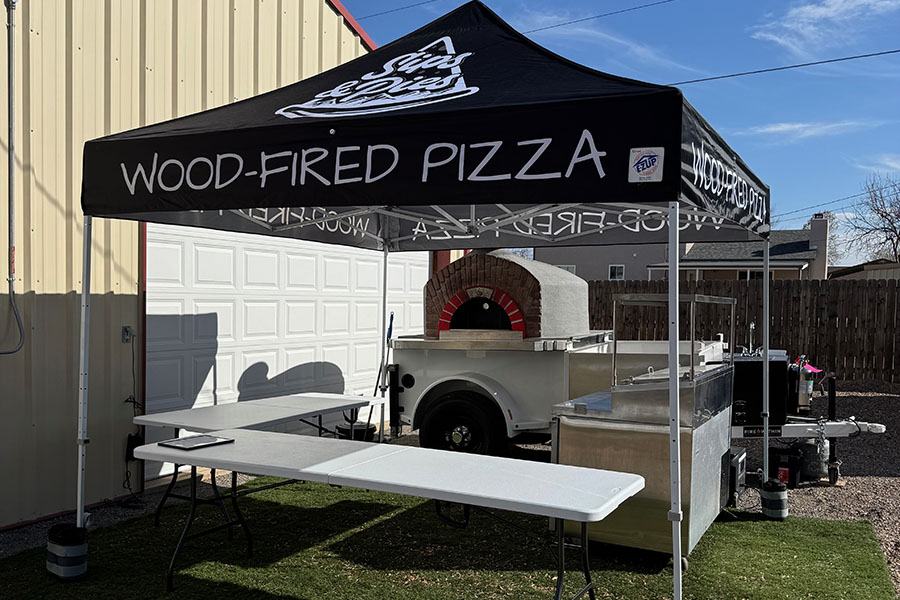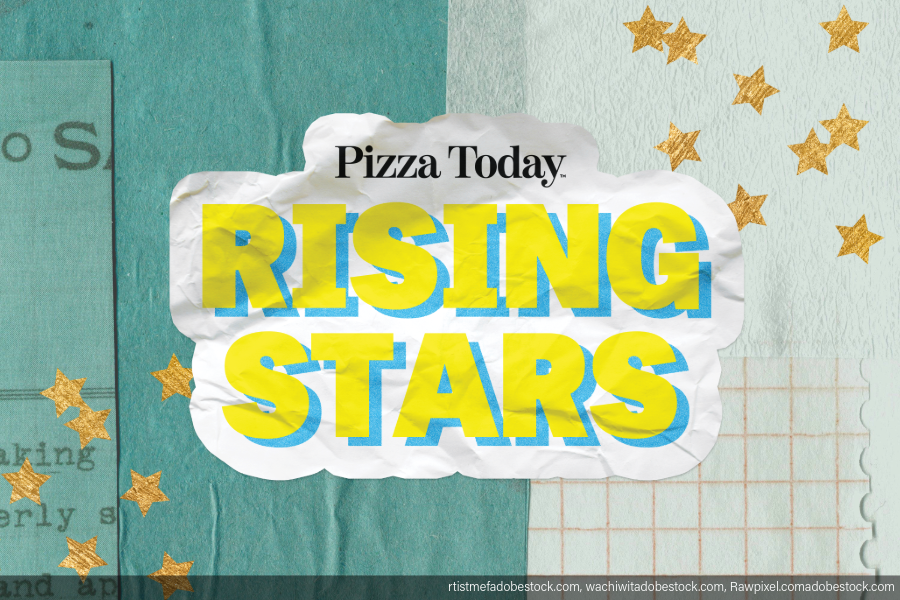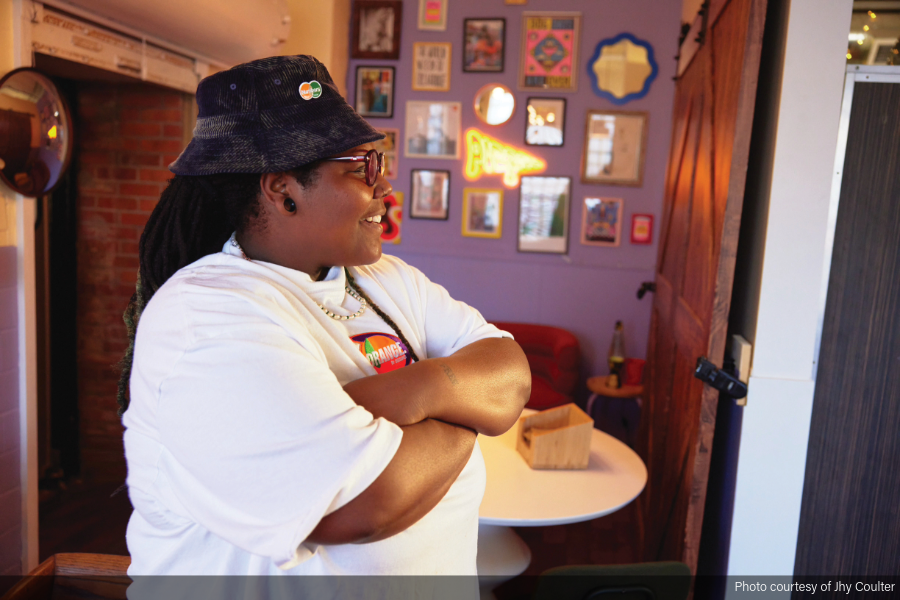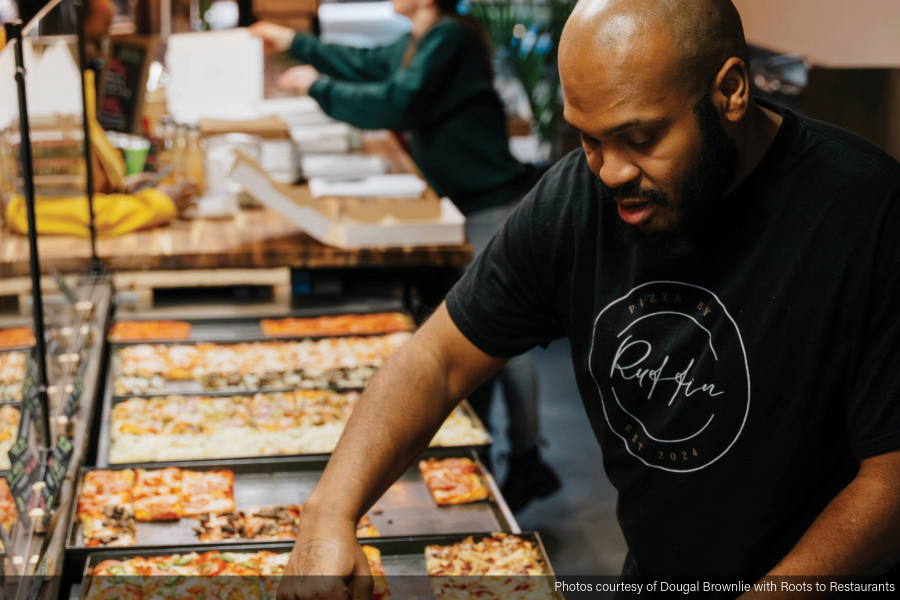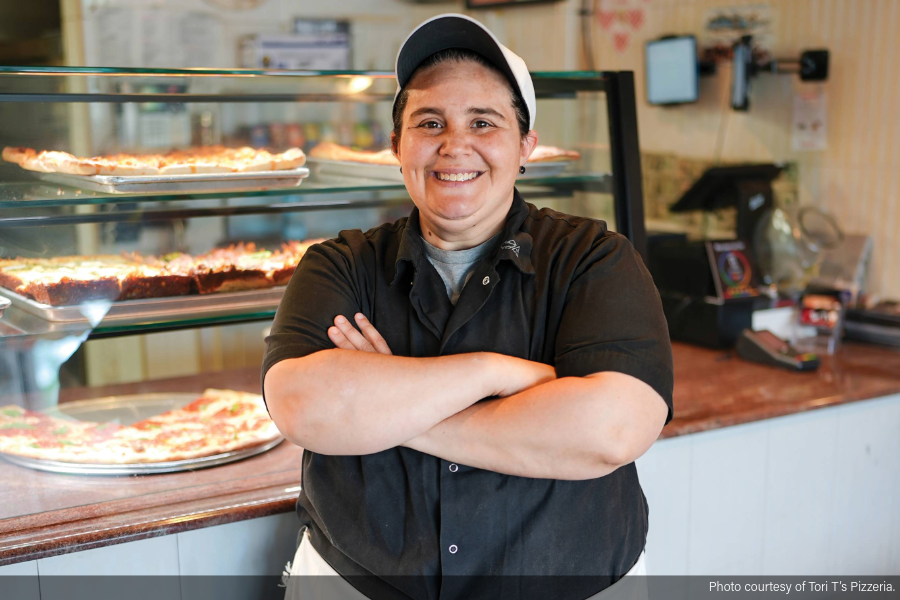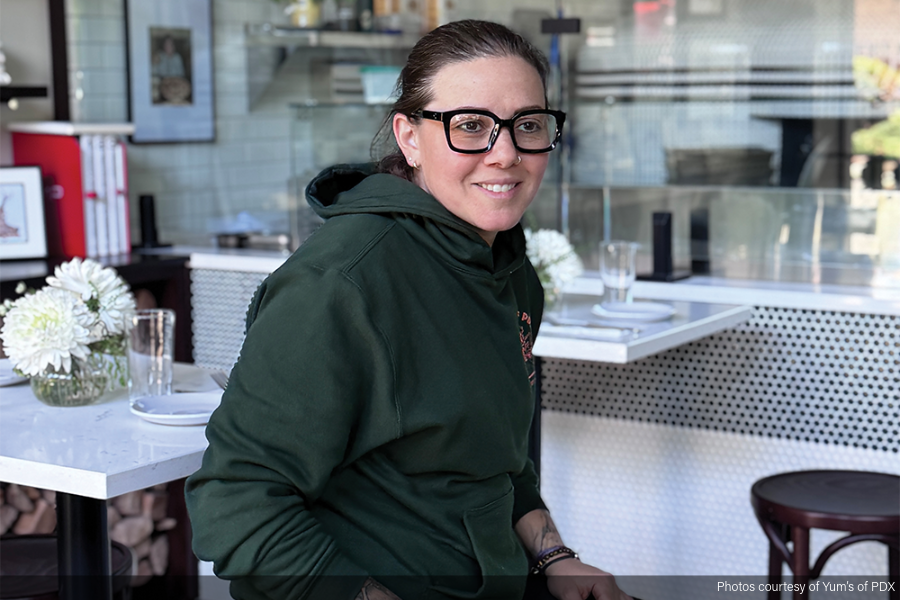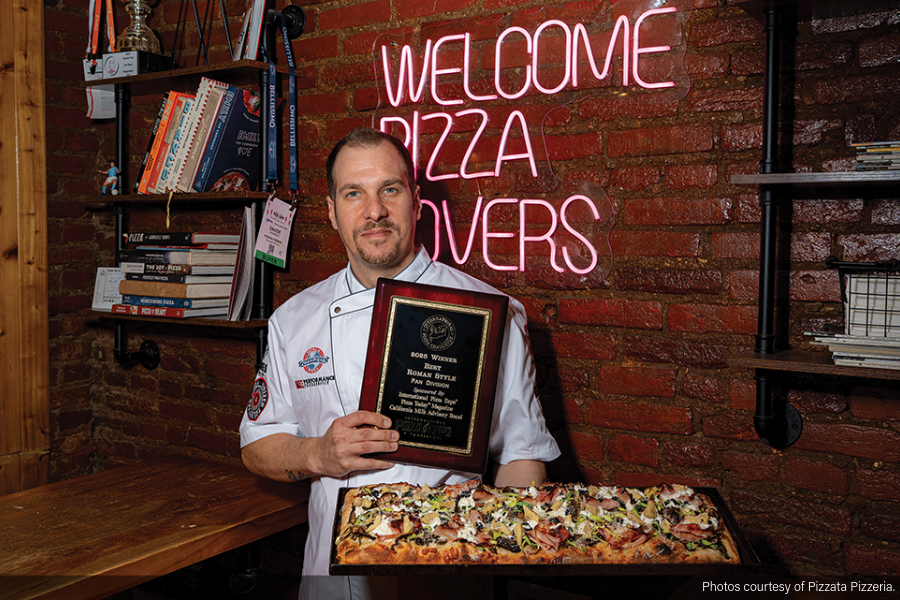 Pizza Expo Exclusive by Michael Shepherd, owner of 600 Downtown in Bellafontaine, Ohio
Pizza Expo Exclusive by Michael Shepherd, owner of 600 Downtown in Bellafontaine, Ohio
Last year at the 2014 International Pizza Expo I gave a seminar on how to hit a 20 percent profit margin, which I will be doing again in 2015. I felt that it was important to discuss and share with others how to do so in light of the fact that I recently had found out that the industry average was a mere 7 percent. At the three pizzerias that I have owned over the last 18 years I have routinely generated 15 to 25 percent profit.
A 7 percent profit would mean for every thousand dollars in pizza sales you would only get to take home $70. Wow! I mean, who in the world puts their heart and soul into a business that can’t support itself? Sadly, more people than I ever expected. Over the course of the last year I have worked with many clients of my consulting business that have been struggling to be profitable and I believe I have determined the common factors that run through these unprofitable operations.
Last year I wrote a preview to my seminar highlighting the common practices of highly profitable pizzerias. This time let me tell you about the common threads I see running through pizzerias that are unprofitable or are generating low profits.
1: LACK OF BASIC ACCOUNTING KNOWLEDGE
If you’re planning on going into the pizza business you first have to remember that you’re running a business, not making pizza. You can’t pay your mortgage and taxes, and put your children through college, by making pizzas. But you can by running a business. Making pizza is a hobby, not a business.
Most unprofitable pizzerias have very little accounting knowledge, are unfamiliar with how to generate a profit and loss statement (P & L), or know how to read a balance sheet. It’s not OK to be ignorant of accounting. Get yourself educated.
2. LACK OF FOOD COSTING
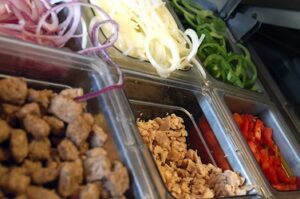 The next common practice of unprofitable pizzerias is to arbitrarily set pricing. “How much does that 16-inch combo pizza cost? I don’t know, but I think we should sell it for $15. How much does bacon cost to put on a 14-inch pizza? I don’t know, but $1.50 sounds good.”
The next common practice of unprofitable pizzerias is to arbitrarily set pricing. “How much does that 16-inch combo pizza cost? I don’t know, but I think we should sell it for $15. How much does bacon cost to put on a 14-inch pizza? I don’t know, but $1.50 sounds good.”
What? Are you crazy? What business in its right mind would ever set pricing based on what sounds good, or base it on what the guy down the street is charging? The pizza business, it appears—which is why we have a 7 percent average profit margin in our industry. Never mind that the 16-inch combo pizza you are selling for $15 cost you $10 to make and that 4 ounces of bacon cost you $1.65.
You need to know exactly how much your product costs you to make before you can set a selling price. Before you can determine your costs you have to have recipes set and portioning determined. You have to invest the time. Would Wal-Mart ever consider putting something on their shelves and pricing it without knowing the cost of it? No, and neither should you.
3. NO INVENTORY CONTROLS
Counting inventory is a pain in the rear. I get it. But you have to do it. How else are you going to know what products you are wasting and overusing? How else are you going to know what is getting stolen? How else are you going to know what your true food cost is? Operators who don’t count inventory don’t make 20 percent profit.
4. SHOTGUN MARKETING
Which of your marketing tactics is getting the best return? Are you measuring it? Are you tracking it?
“I dunno,” “nope” and “I don’t have time” are usually the answers I get to these questions. You might as well be throwing money out your front door and hope it attracts some hungry customers. Never rely on a marketing salesman to tell you how to market your business. They only have one goal—to separate you from your money. Try some marketing, track the results, do the math—your business depends on it.
5. NO LABOR CONTROLS
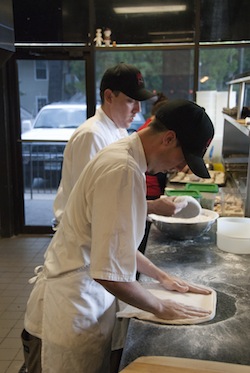 What are your target labor costs for daily, weekly and monthly periods? You don’t know? Well, most unprofitable operators don’t. Throw the schedule together and make sure all shifts are covered and we are good to go, right? No, no, no!
What are your target labor costs for daily, weekly and monthly periods? You don’t know? Well, most unprofitable operators don’t. Throw the schedule together and make sure all shifts are covered and we are good to go, right? No, no, no!
You have to know how many labor dollars you can spend to hit your targets. You have to set targets in order to have something to hit. Every percent you spend too much in labor is a percent you don’t get to take home.
Don’t feel badly if you are doing any of these common unprofitable practices, because you can turn it around! It is never (usually) too late to start down the right path today.
Please make plans to attend my seminar at Pizza Expo 2015 in Las Vegas to learn more about how I have successfully and consistently beat the 7 percent industry-average profit margin.
Michael Shepherd, owner of 600 Downtown in Bellafontaine, Ohio, and a consultant to the pizzeria industry, will give his 20 percent profit margin seminar on Tuesday, March 24, and Wednesday, March 25, at Pizza Expo 2015 in Las Vegas.
